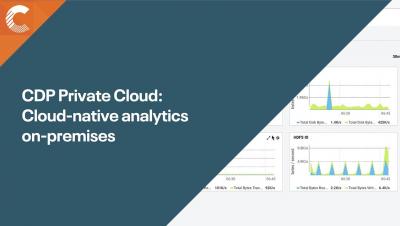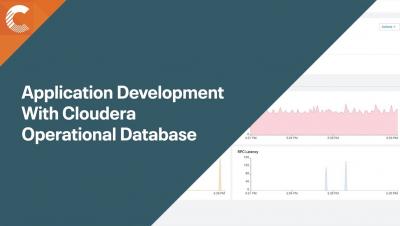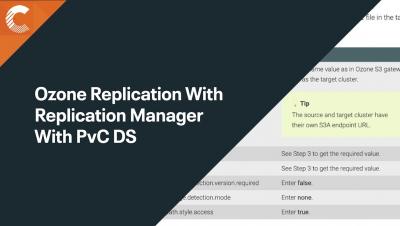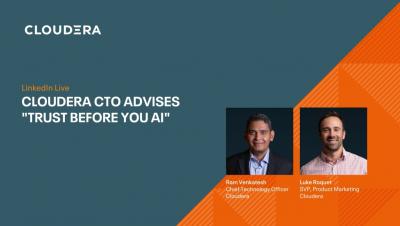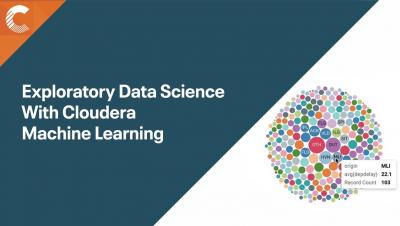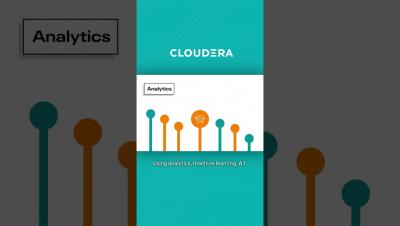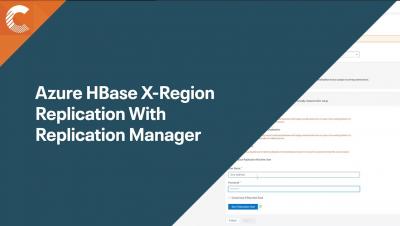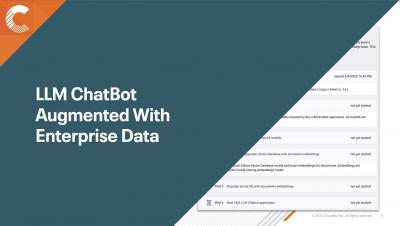Systems | Development | Analytics | API | Testing
June 2023
How to Manage Risk with Modern Data Architectures
The recent failures of regional banks in the US, such as Silicon Valley Bank (SVB), Silvergate, Signature, and First Republic, were caused by multiple factors. To ensure the stability of the US financial system, the implementation of advanced liquidity risk models and stress testing using (MI/AI) could potentially serve as a protective measure.
Five Ways A Modern Data Architecture Can Reduce Costs in Telco
During the COVID-19 pandemic, telcos made unprecedented use of data and data-driven automation to optimize their network operations, improve customer support, and identify opportunities to expand into new markets. This is no less crucial today, as telcos balance the needs to cut costs and improve efficiencies while delivering innovative products and services.
One Big Cluster Stuck: The Right Tool for the Right Job
Over time, using the wrong tool for the job can wreak havoc on environmental health. Here are some tips and tricks of the trade to prevent well-intended yet inappropriate data engineering and data science activities from cluttering or crashing the cluster.
Movers and Makers | Financial Services
Application development with Cloudera Operational Database
Do You Know Where All Your Data Is?
In spite of diligent digital transformation efforts, most financial services institutions still support a loose patchwork of siloed systems and repositories. These dis-integrated resources are “data platforms” in name only: in addition to their high maintenance costs, their lack of interoperability with other critical systems makes it difficult to respond to business change.
Ozone Replication with Replication Manager with PvC DS
One Big Cluster Stuck: Platform Health
Clearly environmental health and high performance are dependent on the proper implementation, tuning, and use of CDP, hardware, and microservices. Ideally you have Visibility and Transparency into existing high priority problems in your environment. The links below will carry you to regions within the Cloudera Community where you will find best practices to properly implement and tune hardware and services.
Cloudera CTO Advises | Trust Before You AI
Exploratory Data Science With Cloudera Machine Learning
Industry Impact | Intelligent manufacturing operations | Short
How Cloudera Supports Zero Trust for Data
By now, almost everyone across the tech landscape has heard of the Zero Trust (ZT) security model, which assumes that every device, application, or user attempting to access a network is not to be trusted (see NIST definitions below). But as models go, the idea is easier than the execution.
Beyond Monitoring: Introducing Cloudera Observability
Increased costs and wasted resources are on the rise as software systems have moved from monolithic applications to distributed, service-oriented architectures. As a result, over the past few years, interest in observability has seen a marked rise. Observability, borrowed from its control theory context, has found a real sweet spot for organizations looking to answer the question “why,” that monitoring alone is unable to answer.


